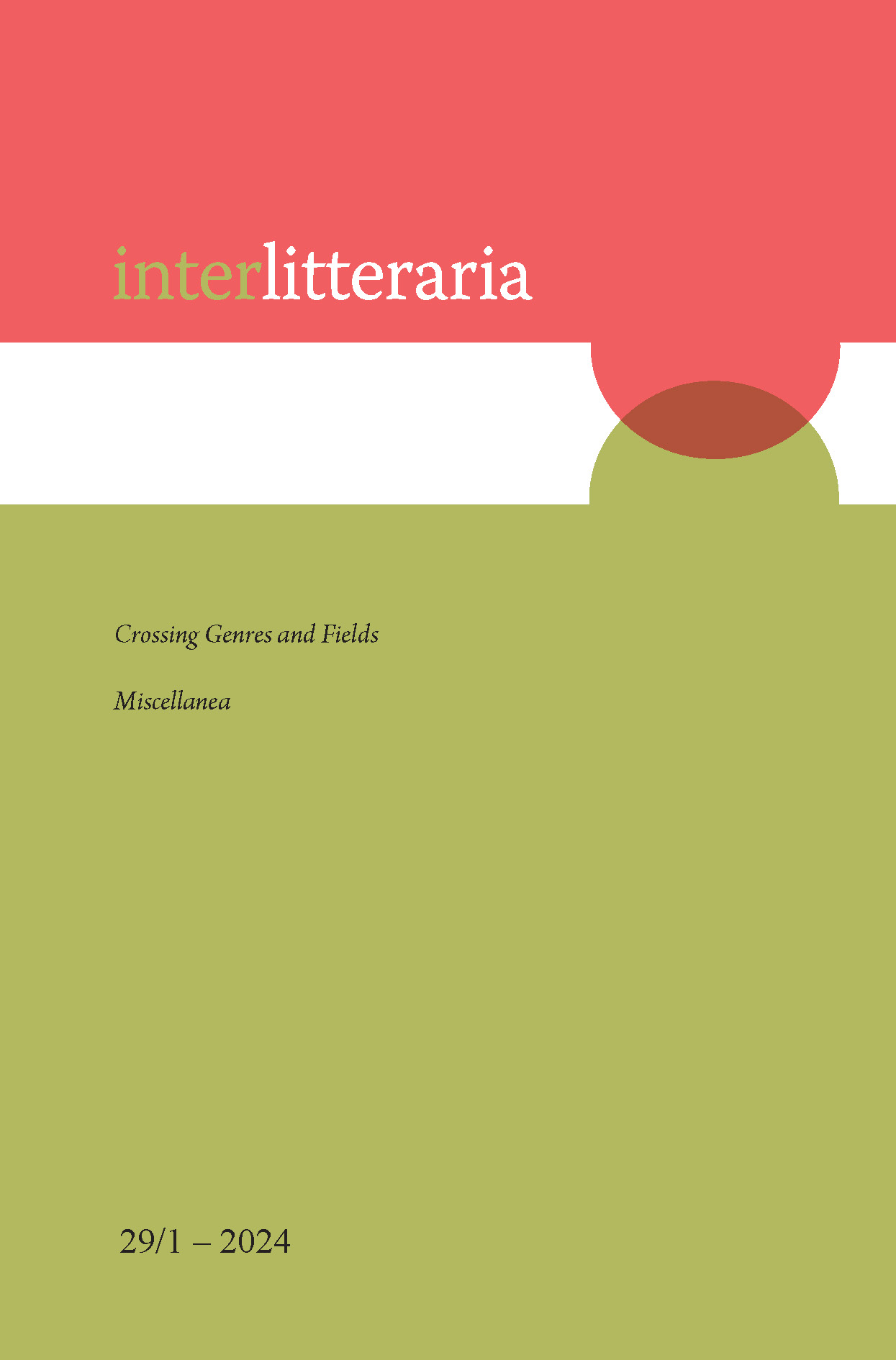Fictionality in “Fog on the Barrow-downs”: Myth and Reference
DOI:
https://doi.org/10.12697/IL.2024.29.1.7Keywords:
myth, narrative, Lord of the Rings, J. R. R. Tolkien, cognitive narratology, rhetorics, truth program, fictionalityAbstract
Exploring fictionality as the link between imagined and referential reality, the paper draws on the theoretic al framework of cognitive narratology in examining the mechanisms on which the creation of myth relies in the narratives introduced at the beginning of J. R. R. Tolkien’s Lord of the Rings, in Chapters 7 and 8 of The Fellowship of the Ring. In the introductory section, the authors review relevant literature pertaining to the manner in which immersion occurs, how analogous links are formed between fiction and reality, and whether the pragmatic dichotomy of the fictional and factual holds in all fictional circumstances. Essentially, the reviewed literature offers an insight into how text reception depends on context and the imported or integrated rhetorical frame of the fictional text. Next, the paper uses these two chapters as illustration, with reference to the appendices relevant to their interpretation, from the perspective of the formulated framework. The concluding remarks summarise the importance of immersion, as well as other automatic processes activated during reading, in internalising truth programs contained within fiction and myths that render their fictionality almost irrelevant.
Downloads
Downloads
Published
Issue
Section
License
Copyright (c) 2024 Sanja Ignjatović, Marija Budimski

This work is licensed under a Creative Commons Attribution-NonCommercial-NoDerivatives 4.0 International License.
The contents of Interlitteraria are published under CC BY-NC-ND licence.


